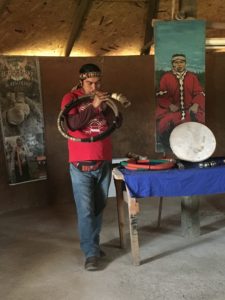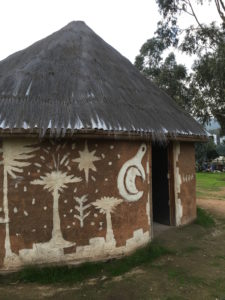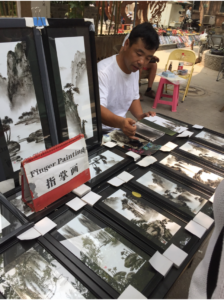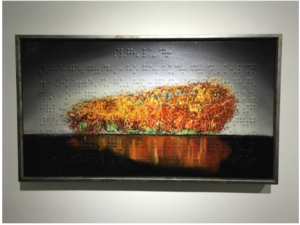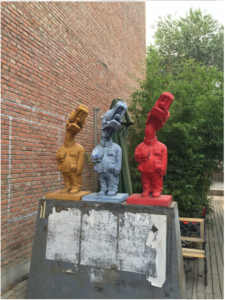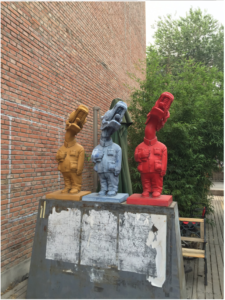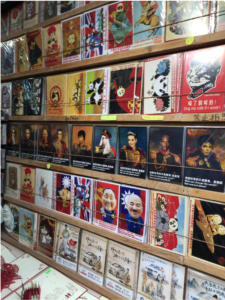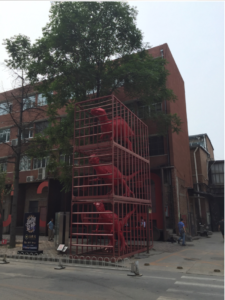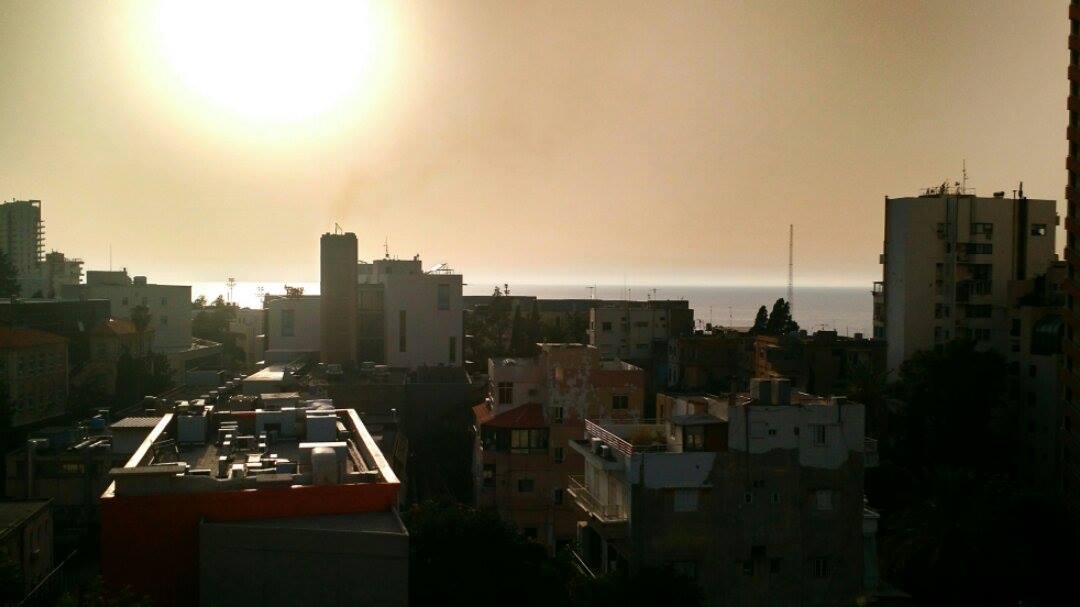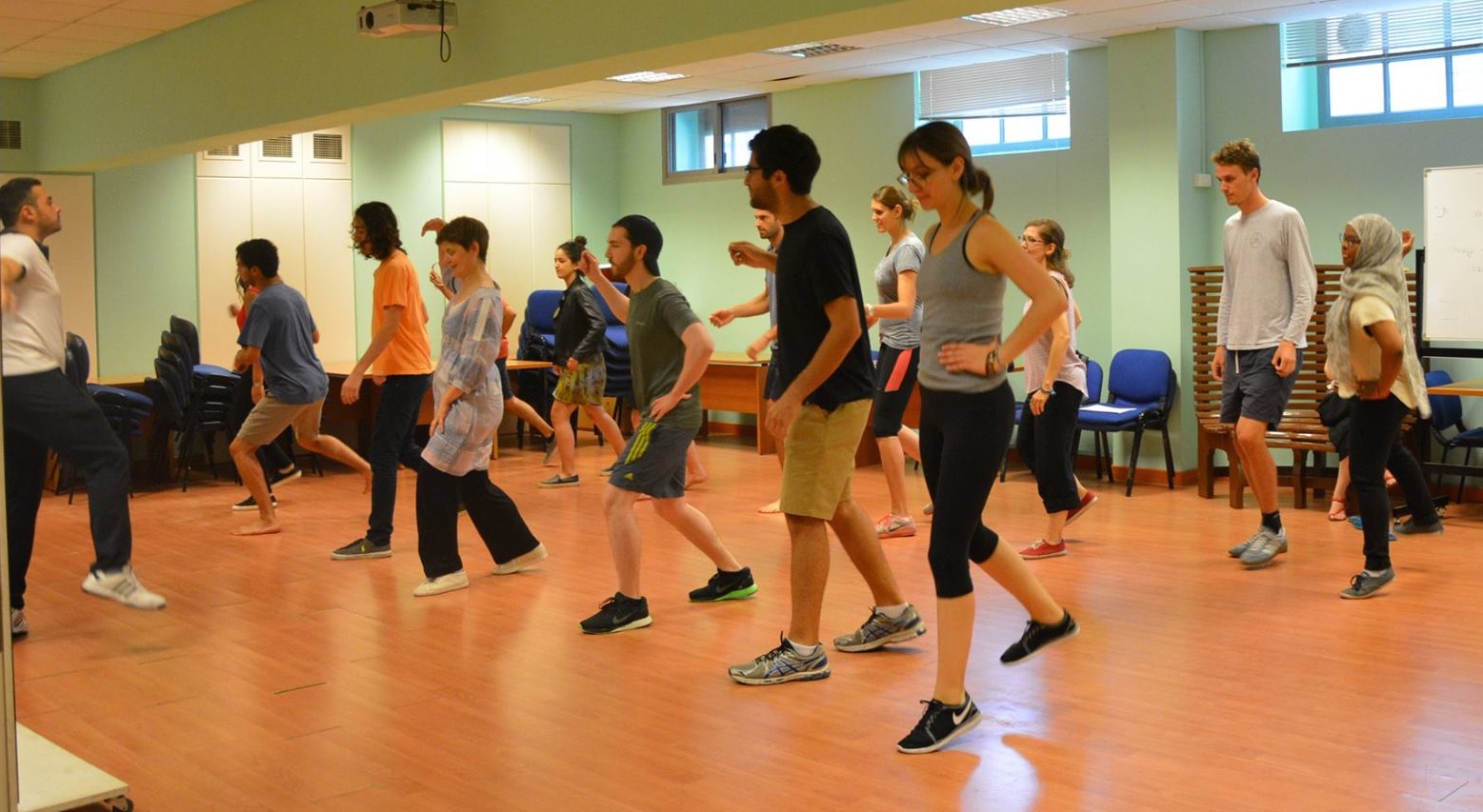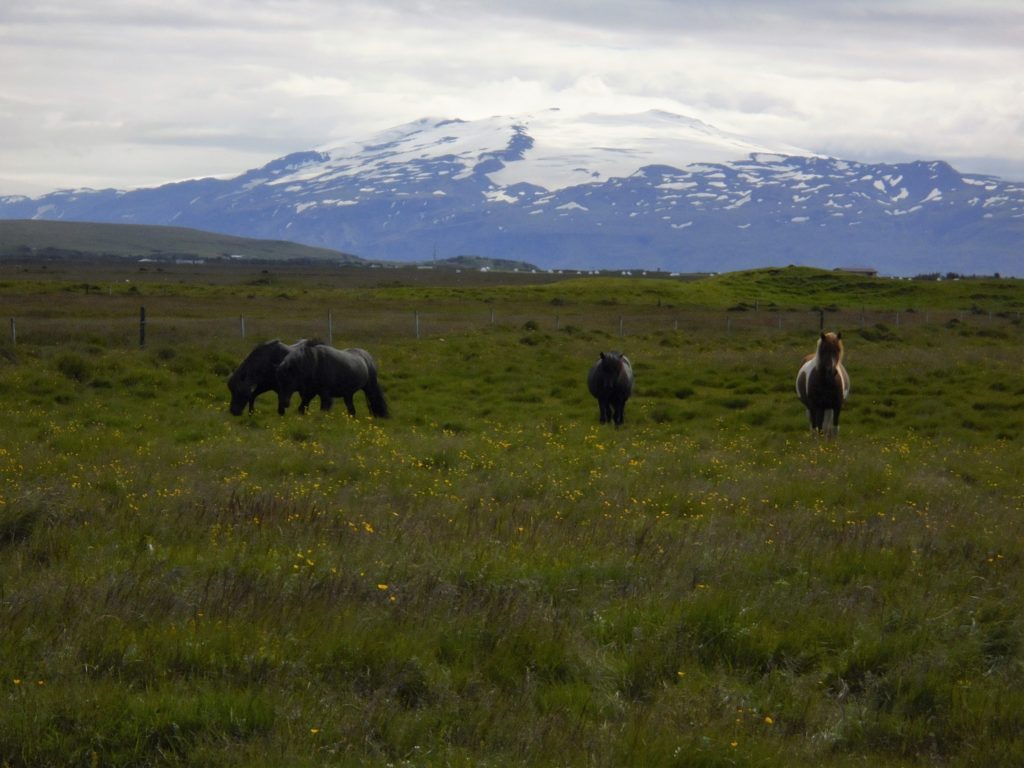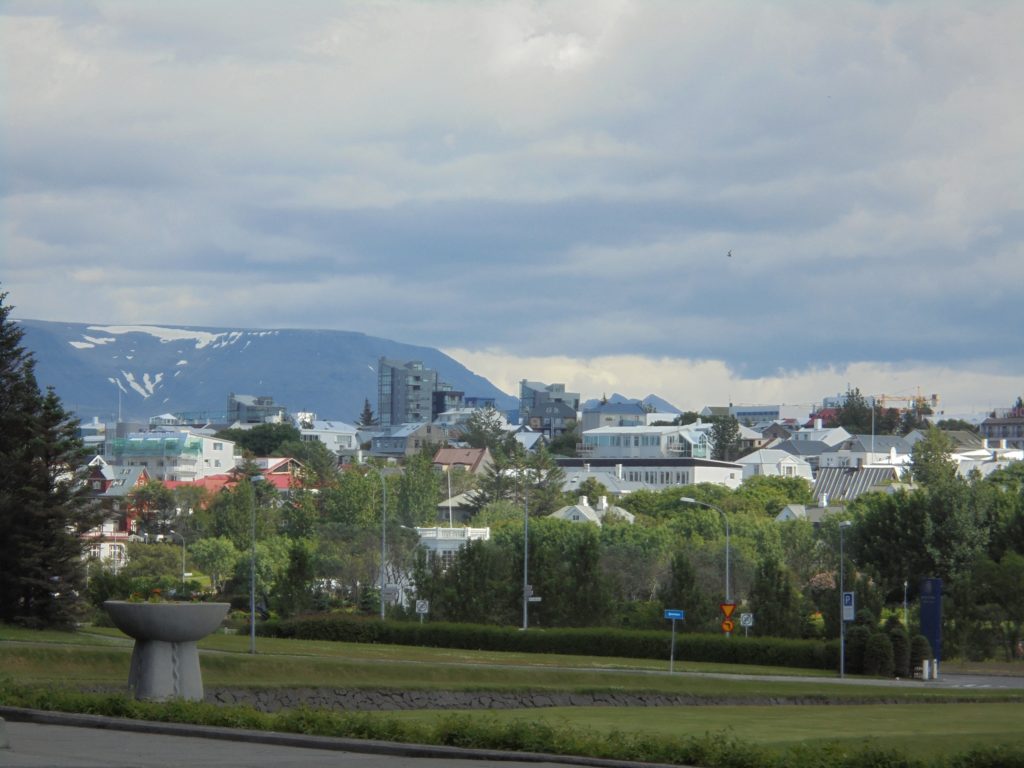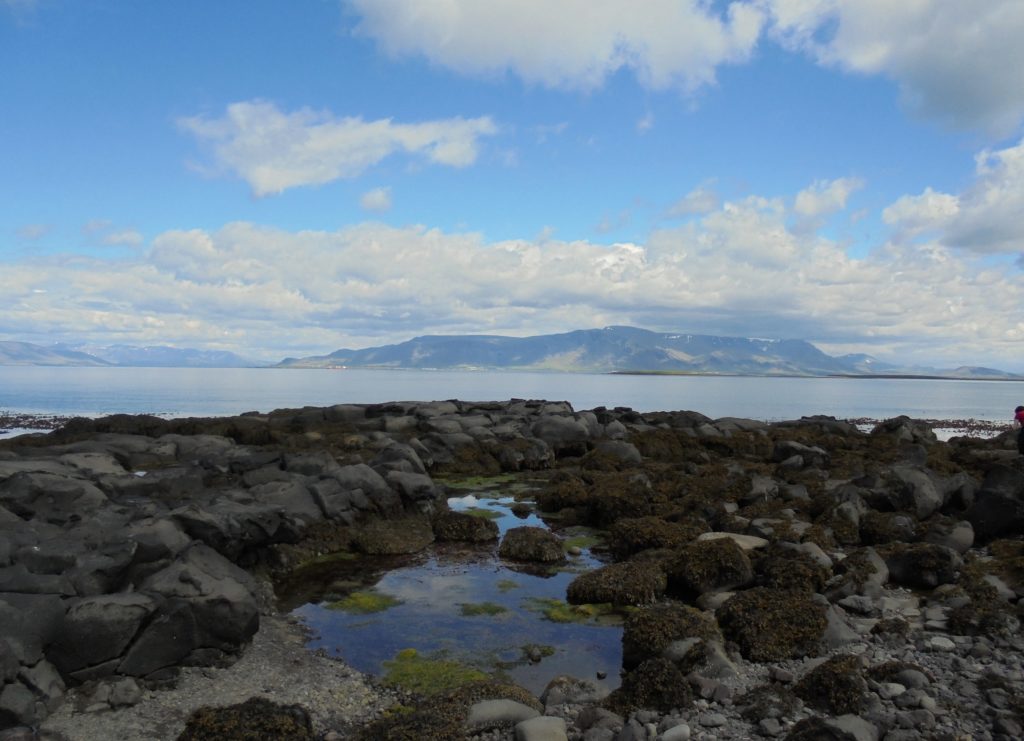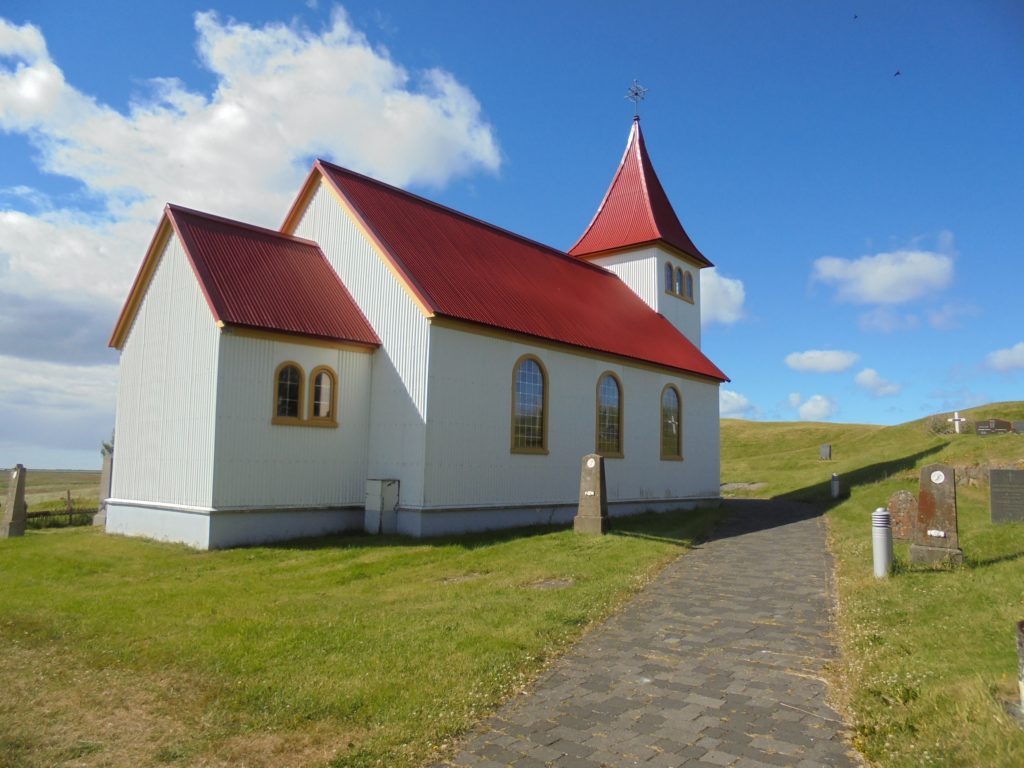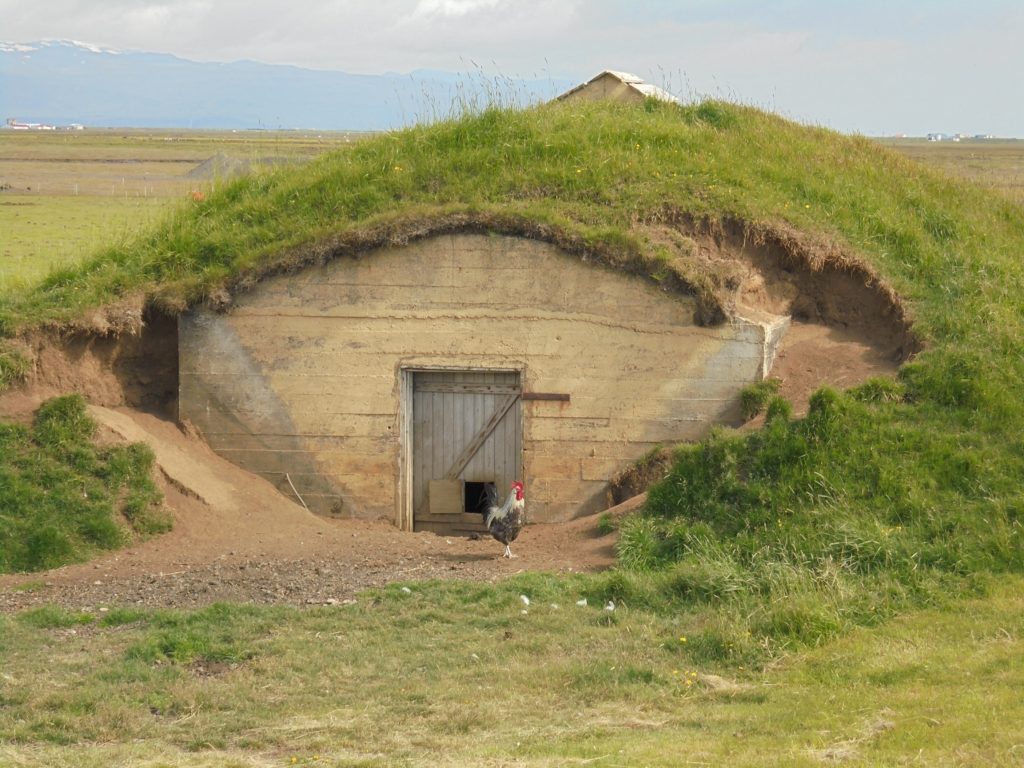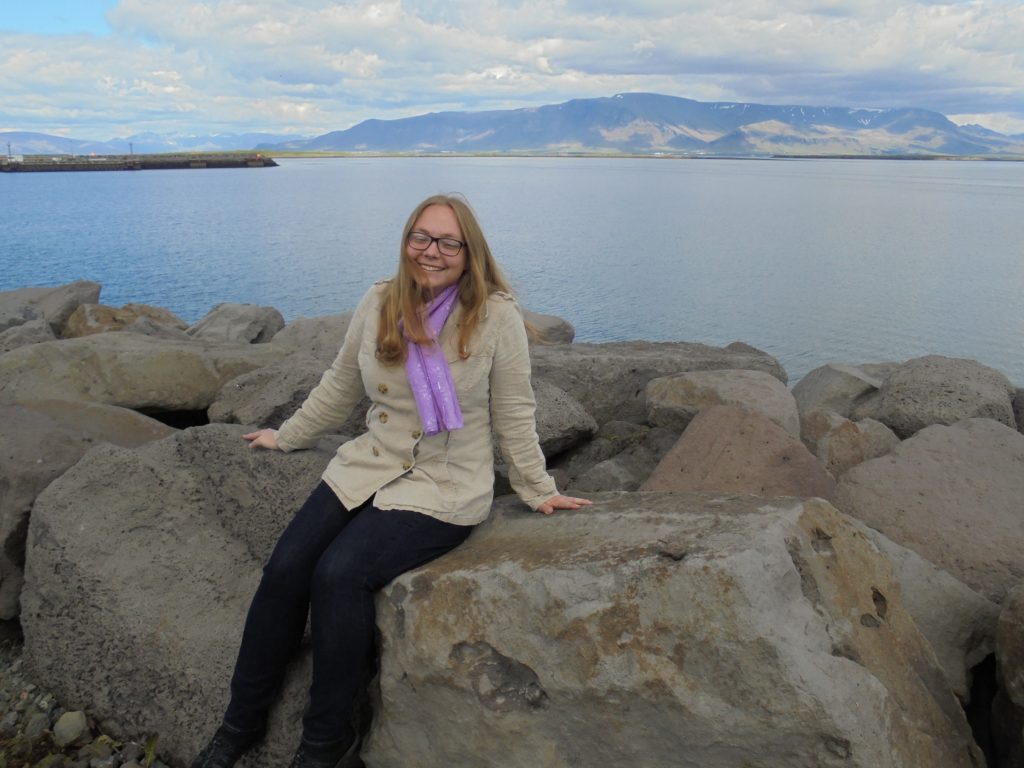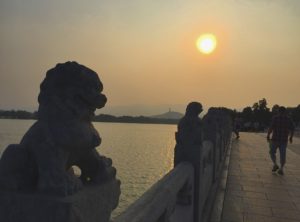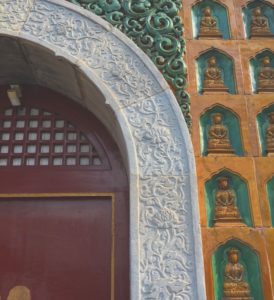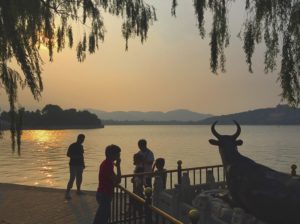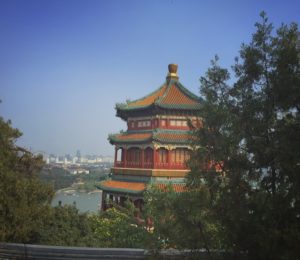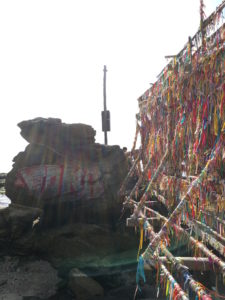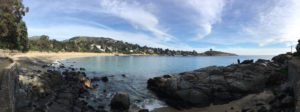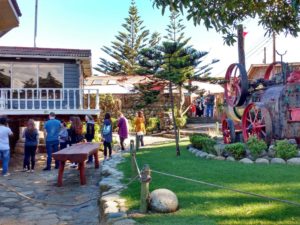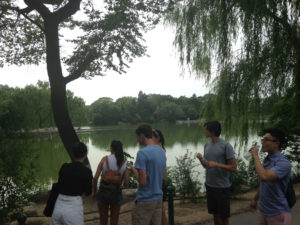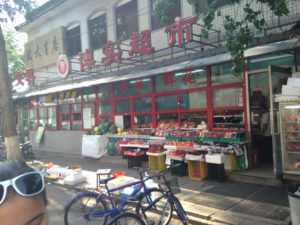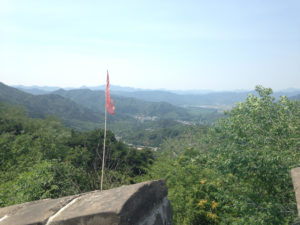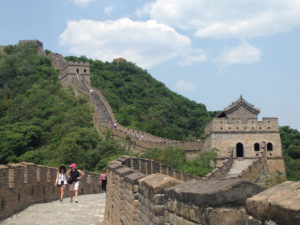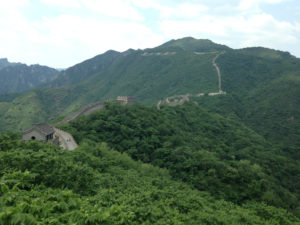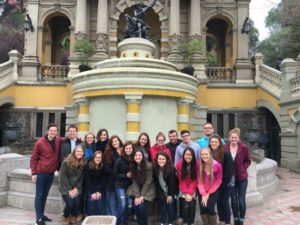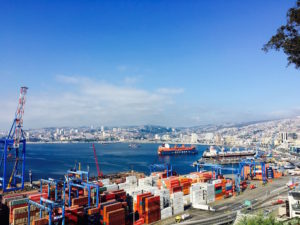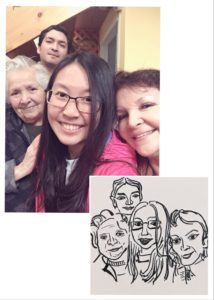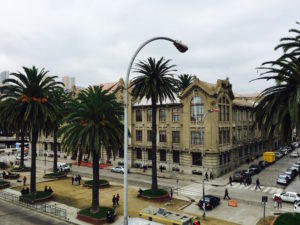Two things that one has to explore in Siena are definitely the churches and the artworks. This charming Tuscan town proudly houses beautiful churches with really impressive collections of artworks. Siena has such a rich history dated way back to the Medieval age, and I love love love exploring and learning about the town through its art and architecture.
So far, I have visited the Duomo complex (the Cathedral here in Siena), which includes the Cathedral building, the Baptistery, the Crypt, and the Museum (Museo dell’Opera). I’ve also explored the Sanctuary of St Catherine, the Church of San Domenico, the Oratory of San Bernardino and the Palazzo Pubblico (which used to be the main building for the communal government).
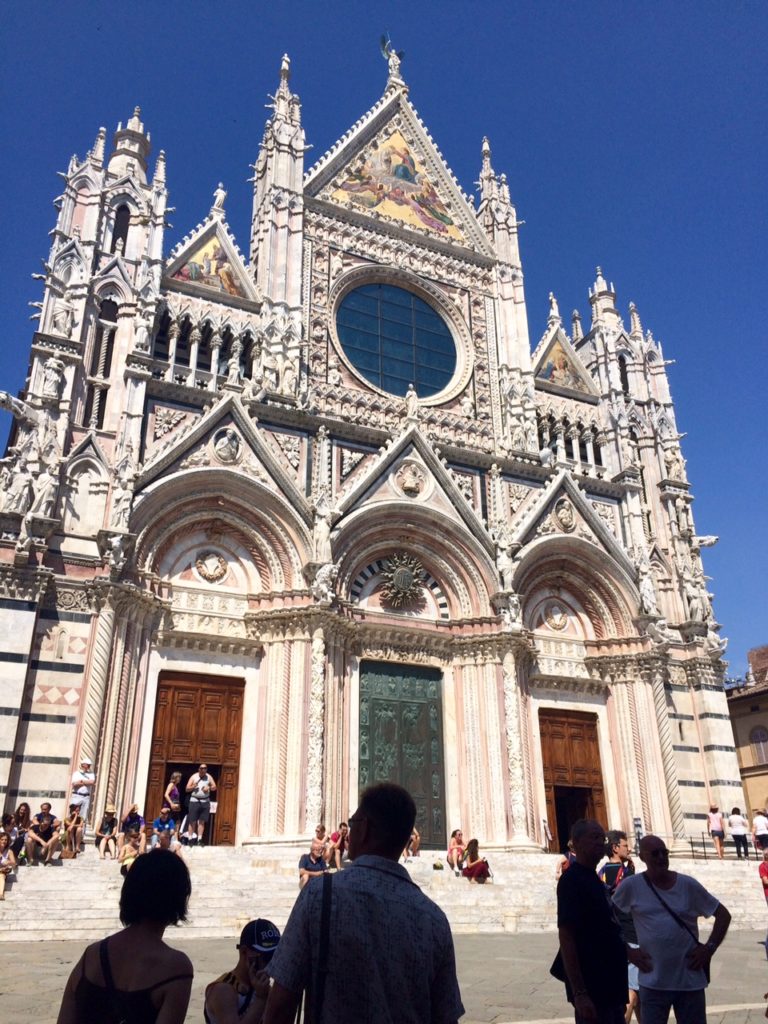
The facade of the Duomo in Siena, a must-visit! The architecture features a really cool mix of the Gothic and Romanesque style
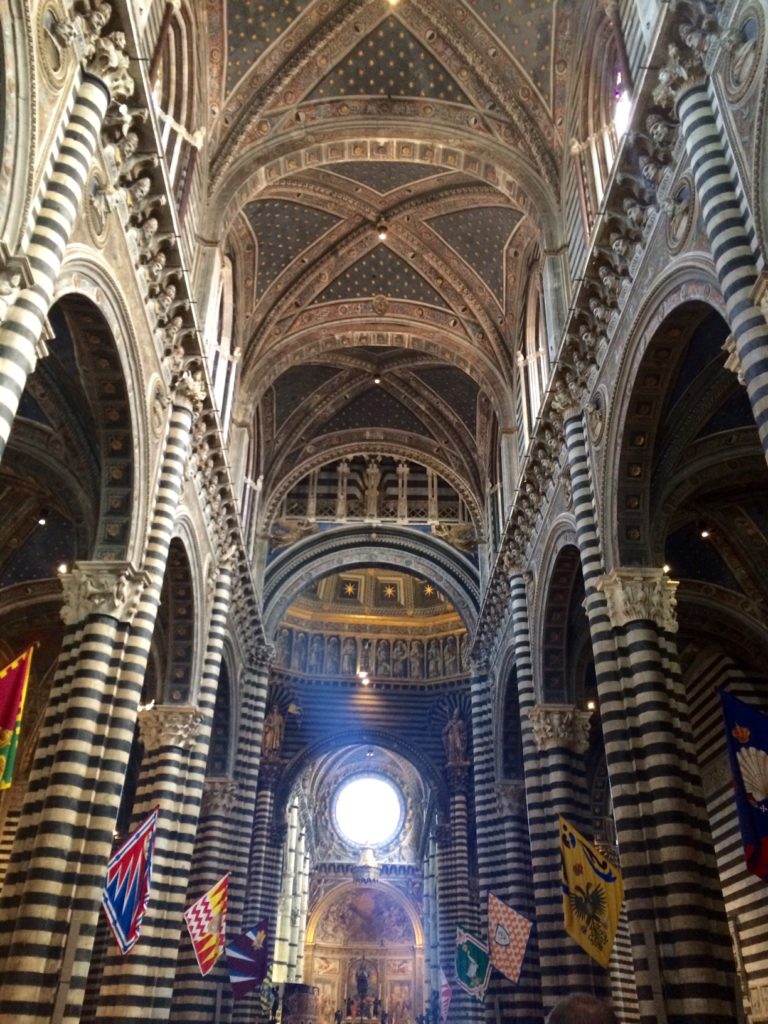
The interior of the Duomo in Siena: black and white is the color of Siena!
I personally really like the Palazzo Pubblico, which is located at the main piazza, the Piazza del Campo. In the past, the building used to function as the administrative and justice building for the city, and the walls of the palazzo is full of really beautiful and intricate frescoes and other artworks. One of the most popular artworks from this building is probably Ambrogio Lorenzetti’s Allegory of Good and Bad Government, which fills the entire walls of one of the rooms in the palazzo. It portrays the effects of a good and bad government, with the values associated to each kind of government–justice or injustice, balance or chaos, etc. But one of my favorites was the Maesta, a fresco from the Medieval age painted by a Sienese artist called Simone Martini, which depicts the Madonna sitting on a throne with baby Jesus, surrounded by saints and angels. Siena is a town who worships the Madonna, and this painting is a perfect portrayal of the town and their devotion. The fresco is very elaborately done, with some gold to add to its richness.
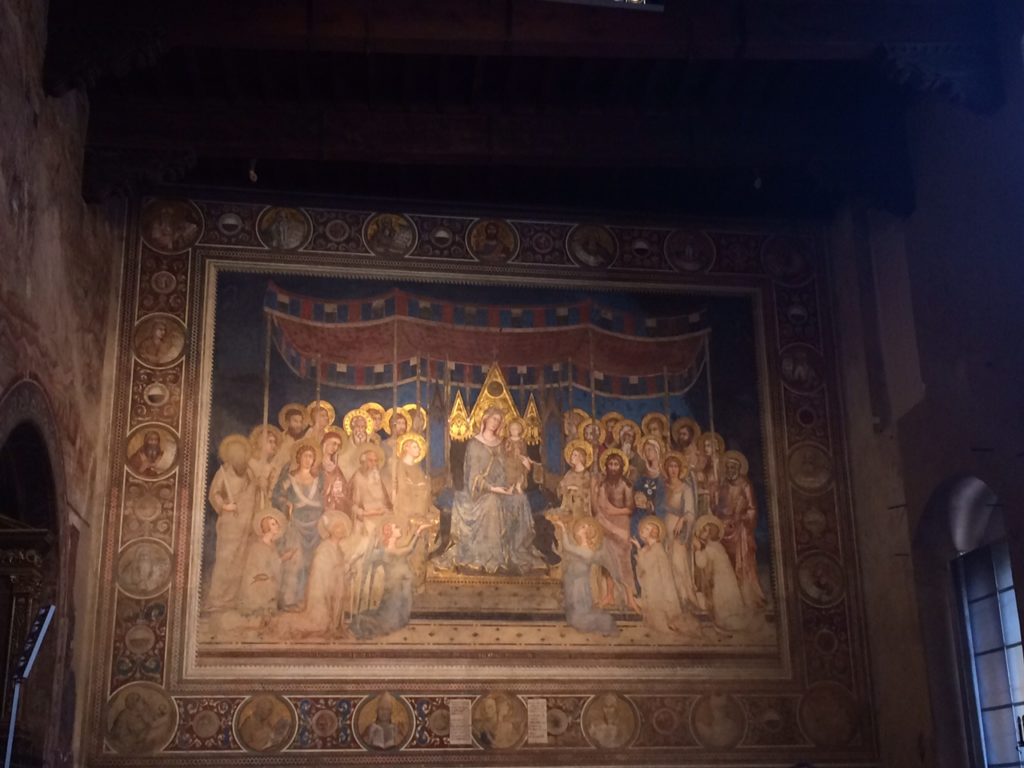
the Maesta by Simone Martini
Our visit to the Palazzo ended with a nice surprise. At the back of the Palazzo, there’s a wide terrace that opens up with a really beautiful panoramic view of the hills surrounding Siena. The view was just overwhelmingly pretty, and combined with the slight breeze blowing in such a hot afternoon, it made me want to stay at that terrace forever!
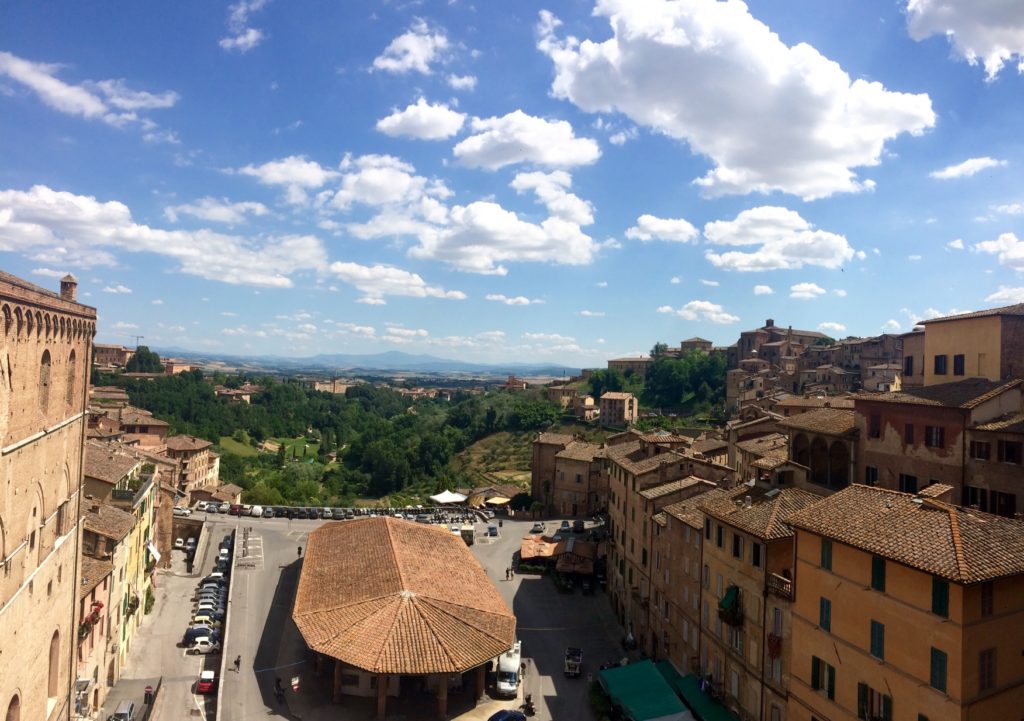
The beautiful view from the terrace at the back of the Palazzo Pubblico
My other favorite is the Baptistery of the Duomo, or in Italian “il Battistero di San Giovanni.” It’s much smaller compared to the main cathedral, but it is just as beautiful! The entire room is filled with paintings, frescoes, and sculptures from the early Renaissance period (in the years of 1300-1400), from the floor to the ceiling. My neck felt a little bit stiff after that visit, as I spent so much time looking up to look at the painted ceiling (it was so worth it, though!). But the main star of the entire room is the Baptismal Font, which is a very interesting art piece done by multiple talented Italian Renaissance sculptors. I went with a group of other students and one of the teachers from the school, Andrea, who helped to explain to us the different artworks. He told us that many years ago, almost all of the locals were baptised here at the font! He himself was an art history student, and you can tell his excitement in sharing his knowledge of the artworks as he told us about the different sculptors who did the marble reliefs and statuettes on the Baptismal Font. Some of the artists are Jacopo della Quercia, Giovanni di Turino, Lorenzo Ghiberti, and (the most famous of all) Donatello. The reliefs depicted different scenes from the life of St John the Baptist, whom this Baptistery is dedicated to. Walking around the font, I felt really awed with the intricacies and the moving scenes portrayed by the reliefs, which tell the story of the Saint in a very expressive manner.
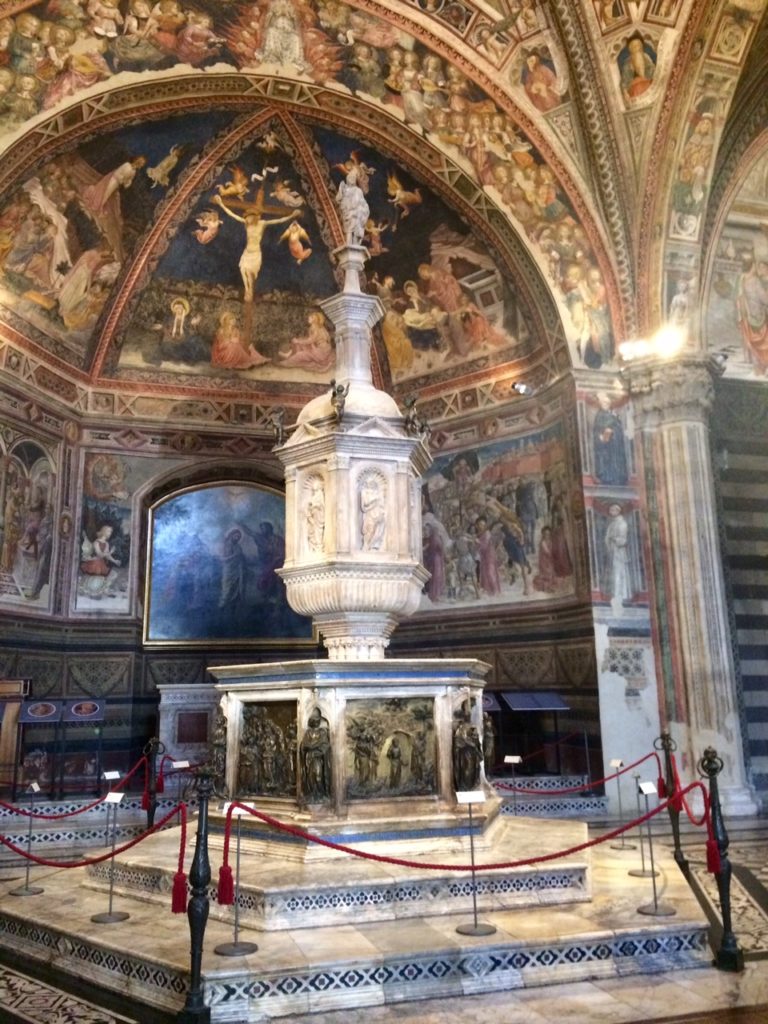
The Baptismal Font at the Baptistery
Two other places I visited, which I would definitely recommend to those who wish to come to Siena, are related to Saint Catherine of Siena, the most famous saint who was born and raised in this lovely town. One of them is the Sanctuary of St Catherine, which used to be her house. It was a really peaceful and beautiful building, and a nice place to just pray and meditate. I went to daily mass there, and it was a really interesting experience, attending mass in Italian with a group of locals. Listening to the Homily was quite a challenge, as the priest spoke really fast and passionately. However, I was able to get some of the gist from the preaching and the readings, and my listening comprehension skills have (thankfully) improved since my first day here in Siena. My first mass was something of a mess, where I wasn’t able to understand much, and I had such a hard time following the responses in Italian and listening to the Homily. But now I’m more used to it, and I can focus better to listen and understand what’s happening!
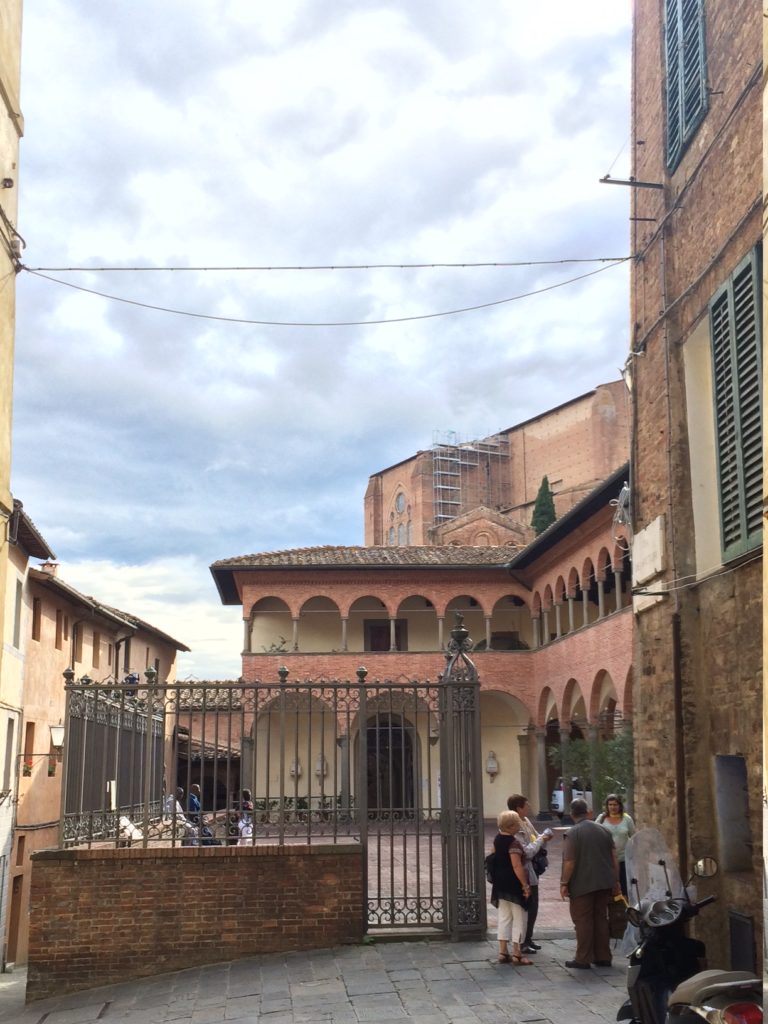
The Sanctuary of St Catherine from the outside
Anyway, the other place associated with Saint Catherine is the church of San Domenico, where there are precious relics like her severed head and one of her fingers venerated. Located on top of a hill, the church has a humble and austere medieval style architecture.
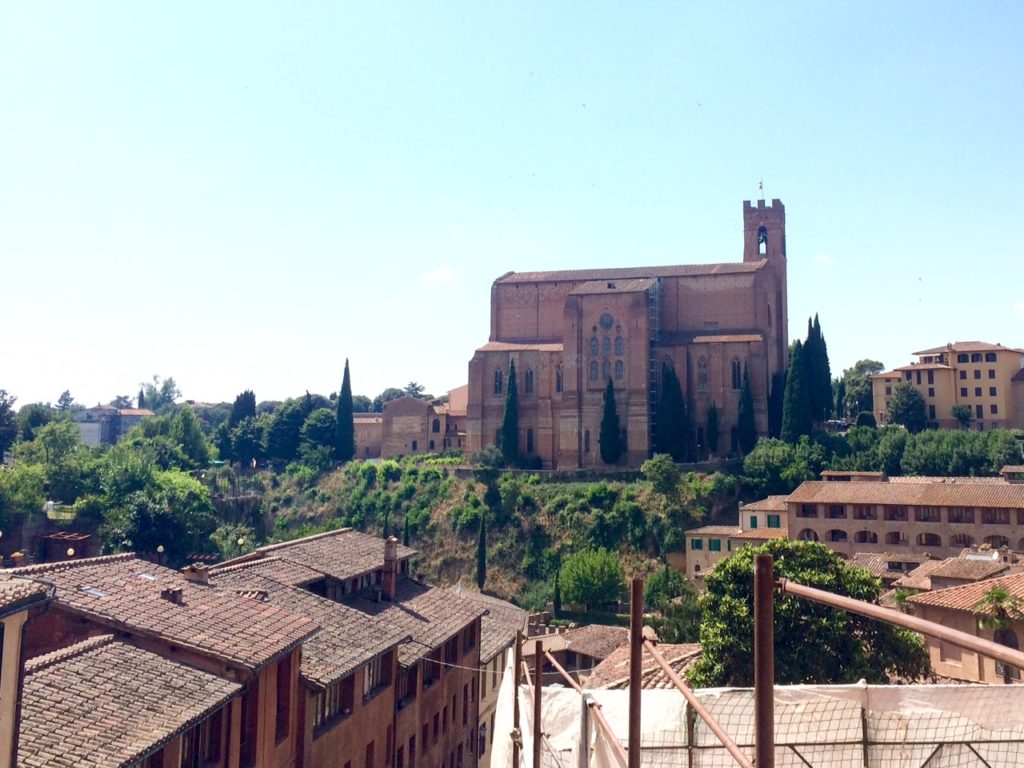
Church of San Domenico on top of a hill
Reading this post, you probably sense how many times I’ve used the word “beautiful” to describe the places and artworks I’ve seen. Apologies for that, it’s just that this town is full of rich and beautiful things, they kind of drive me speechless. It’s crazy that there are still some beautiful churches and artworks that I haven’t seen yet, despite the fact that I have been here for three weeks. I only have two more weeks here, time flies so fast!
Till next time :).
